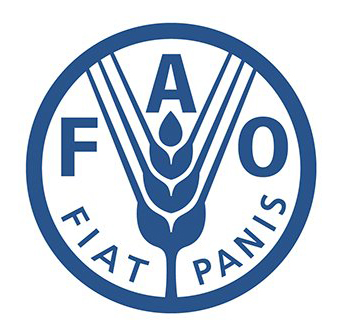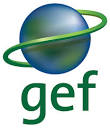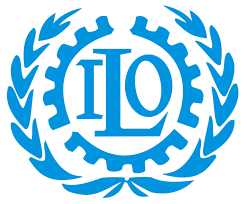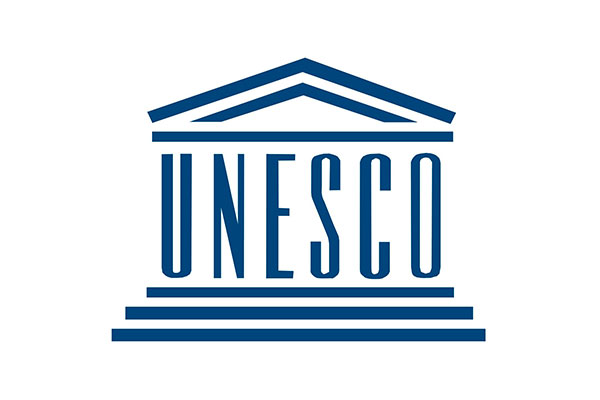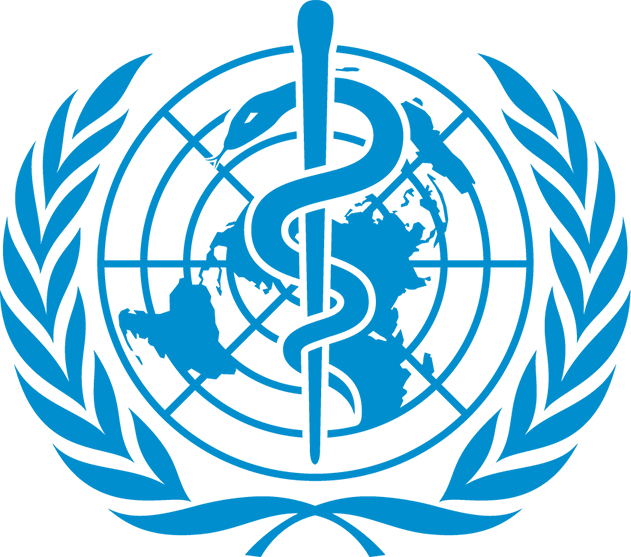
United Nations Development Programme
UNDP has been working in Nepal from its in-country office since 1963 though the Standard Basic Assistance Agreement was signed in 1984. UNDP’s Strategic Plan (2022-2025) envisages helping 100 million people to escape from multidimensional poverty. The CPD (2018-2022) emphasizes skill building, climate change and sustainable natural resource management.
Organization
The United Nations Development Programme (UNDP) is the United Nations’ global development network founded on 22 November 1965. UNDP headquarter is in New York, the USA. UNDP works in over 170 countries and territories of the globe and has five regional bureaus worldwide with regional hubs in each regional bureau. The UNDP Administrator is the third highest-ranking official of the United Nations after the United Nations Secretary-General and Deputy Secretary-General.
UNDP’s Strategic Plan 2018-2021 had focused on supporting countries to end extreme poverty, reduce inequality, and achieve the goals of the 2030 Agenda for Sustainable Development. The Plan intends to guide nations to be driven by their own choice of development and poverty eradication.
UNDP supports nations to pursue i) structural transformation including green, inclusive and digital transitions; ii), leaving no-one behind: a rights-based approach centered on empowerment, inclusion, equity, human agency and human development; iii) Building resilience: strengthening countries and institutions to prevent, mitigate and respond to crisis, conflict, natural disasters, climate and social and economic shocks.
The Strategic Plan has stipulated 6 different signature solutions in realizing the SDGs, namely poverty and inequality, gender equality, energy, environment, resilience and governance. Likewise, 3 enablers are devised by the plan to scale up development impact for partner nations. They are: Digitalization, Strategic innovation and development financing.
The UNDP Executive Board is made up of representatives from 36 countries around the world who serve on a rotating basis. The Board oversees and supports the activities of UNDP, ensuring that the organization remains responsive to the evolving needs of program countries. UNDP is funded entirely by voluntary contributions from UN Member States, multilateral organizations, private sector and other sources.
Development Cooperation
UNDP has been working in Nepal since it opened an in-country office in 1963, just a few years before UNDP’s official establishment. The Government of Nepal and UNDP entered into a formal agreement, the Standard Basic Assistance Agreement, on 23 February 1984 to govern UNDP’s assistance to Nepal. Since then, UNDP’s support has helped government agencies, civil society and community groups to improve the lives of the Nepalese people.
UNDP Nepal’s work is closely linked with the priorities of both the Government and the United Nations system in Nepal. Much of the support has gone to building up the capacity of government agencies, civil society, and community groups to fight poverty and to bringing these groups and Nepal’s donors together to design and implement successful poverty alleviation projects.
In 2017, UNDP was able to train and orient 600 masons and carpenters and 25,000 people (about 40% women) on resilient and affordable housing models. Similarly, in 2016, UNDP successfully completed a climate adaptation project at one of the world’s highest places, in the Everest region. The project involved draining the Imja glacial lake, which was at the risk of bursting, by three meters through a sluice, making the lives of over 80,000 people downstream safer.
Major Support by Sector
The followings are the top five sectors out of dozens of UNDP support areas:
- Livelihood
- Policy and Strategic
- Peace and reconstruction
- Alternative Energy
- Education

Disbursement during FYs 2016/17 to 2020/21 (in US$)
Over the last five-year beginning from fiscal year 2016/17 to fiscal year 2020/21, UNDP has disbursed a total of US $ 29.59 million to Nepal. The volume of disbursement was the highest, at US$ 7.9 million, in FY 2018/19 and the lowest was at a level of US $ 3.3 million in 2017/18. The average annual disbursement from UNDP over the five-year period remained US $ 5.9 million.
UNDP has made commitment through different agreements of providing US $ 50.3 million in the last five-year period. The highest level of annual commitment was of US $ 17.8 million, committed in fiscal year 2018/19. Likewise, the lowest level of annual support commitment was of US $ 1.7 million, which was made in fiscal year 2016/17.
|
Fiscal Year |
Agreement Amount |
Disbursement |
|
2016/17 |
1,728,744 |
6,412,697 |
|
2017/18 |
9,607,628 |
3,362,985 |
|
2018/19 |
17,822,502 |
7,910,600 |
|
2019/20 |
10,104,499 |
7,336,956 |
|
2020/21 |
11,064,025 |
4,569,762 |
Source: Aid Management Information System
Note: The Agreement Amount is not comparable with disbursement because disbursement here accounts for disbursement of each fiscal year only, whereas Agreement Amount refers to the project cost over the period (not only for single fiscal year but also beyond).
Country Partnership Strategy
The present UNDP’s strategic engagement in Nepal is stated in its Country Programme Document (CPD), which covers the period 2018-2022. The CPD is aligned not only with the 2018-2022 UNDAF, but also with the SDGs and Nepal’s Fourteenth Development Plan. Three outcomes have been identified in the CPD.
- Increased access to employment and livelihoods: UNDP will contribute through the mutually reinforcing strategies of skills building. Ii. Strengthened democratic institutions and Building resilience to natural hazards and climate change, and strengthening sustainable environmental and natural resources management.
Updated
Forest and Environment Sector/ IECCD
January 2022
References
- UNDP: http://www.undp.org/
- UNDP in Nepal: http://www.np.undp.org

